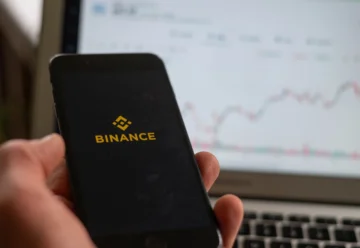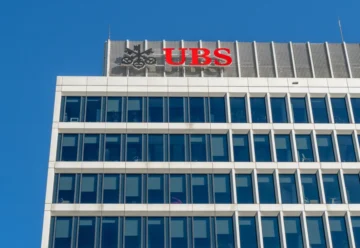Crypto Market Rises Amid Fed’s Interest Rate Hike

The base interest rate in the U.S. has been raised again by 0.25 percentage points. Against this background, the problems of American regional banks intensified. There’s also some strengthening of Bitcoin and the crypto market as a whole.
At the Fed’s regular meeting, the Federal Open Market Committee (FOMC) decided to raise the benchmark interest rate to 5-5.25%. This was announced by Jerome Powell, Chairman of the Fed. The official said that the U.S. banking system was reliable and stable, and conditions in the banking sector have improved since early March.
However, further monetary policy tightening by the Fed provoked another aggravation in the banking sector. Thus, the quotations of some big American regional banks significantly lost in price. PacWest Bancorp shares were the most affected, falling by 52.5% momentarily. Besides, the significant decrease of value during the last trading session showed the shares of:
- Western Alliance Bancorp (22.4%);
- Metropolitan Bank (16.2%);
- HomeStreet (7.8%) and a number of other banks.
Overall, KBW Nasdaq banking index quotes fell by more than 5% during the trading session, according to Google Finance.
At the same time, Bitcoin gained 2% during the day. Moreover, the total processing power of the Bitcoin network grew to 439 EH/s, the overall number of transactions in the network exceeded 682,000 during the day, and the number of active addresses reached over 300,000. Following Bitcoin, altcoins also showed growth, so the crypto market cap increased by 2%.
Bitcoin’s data shows the network’s stability and the growth of BTC usage. In particular, the first cryptocurrency is used to hedge risks associated with traditional financial instruments. In this case, it concerns the banking sector, as users don’t tend to trust Powell’s statements. Especially, given the bankruptcy of First Republic Bank, which took place three days ago.
Note that First Republic, PacWest, and Western Alliance were among the most affected banks in mid-March, when there was a previous phase of increased destabilization in the U.S. banking system.











